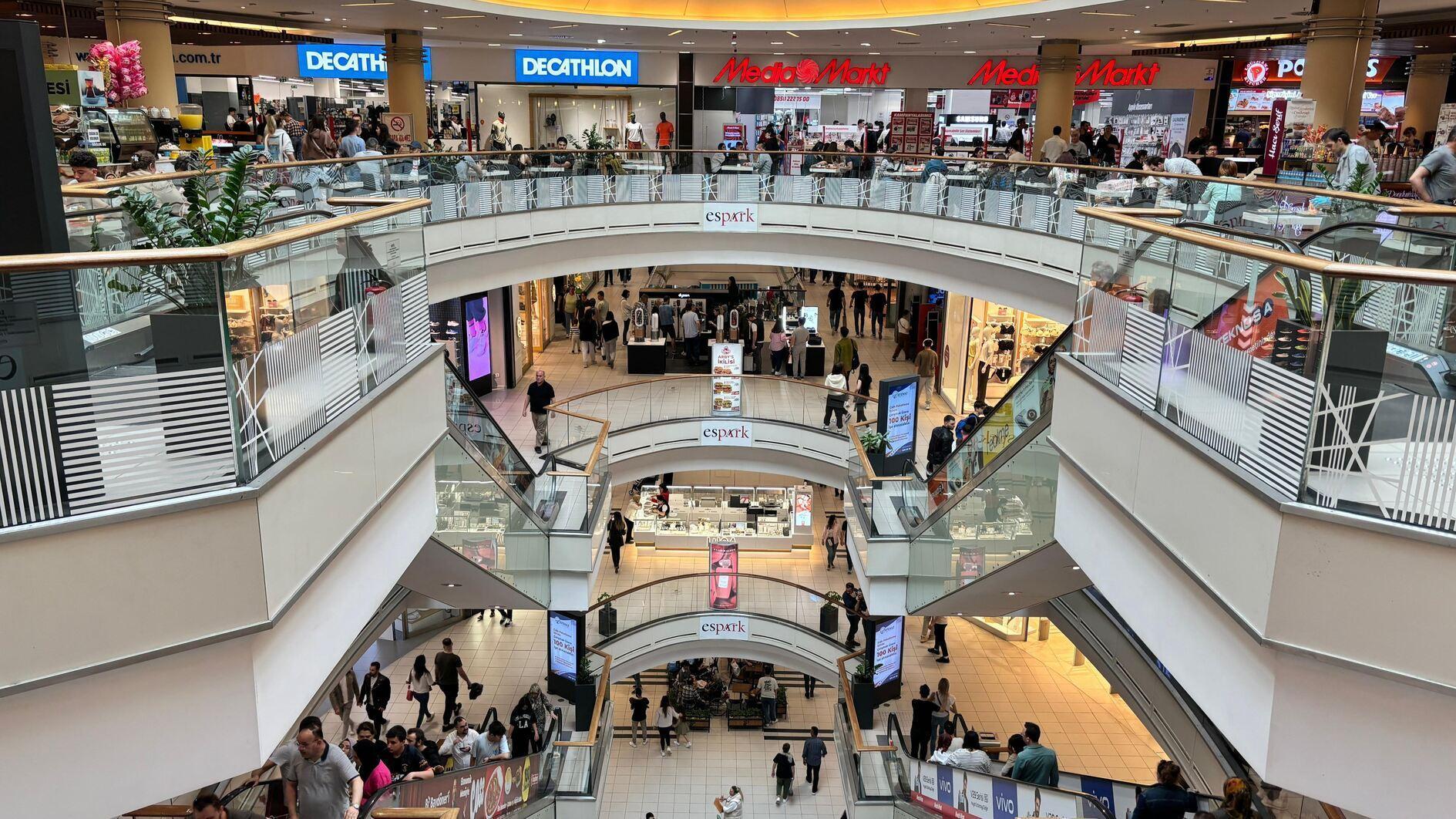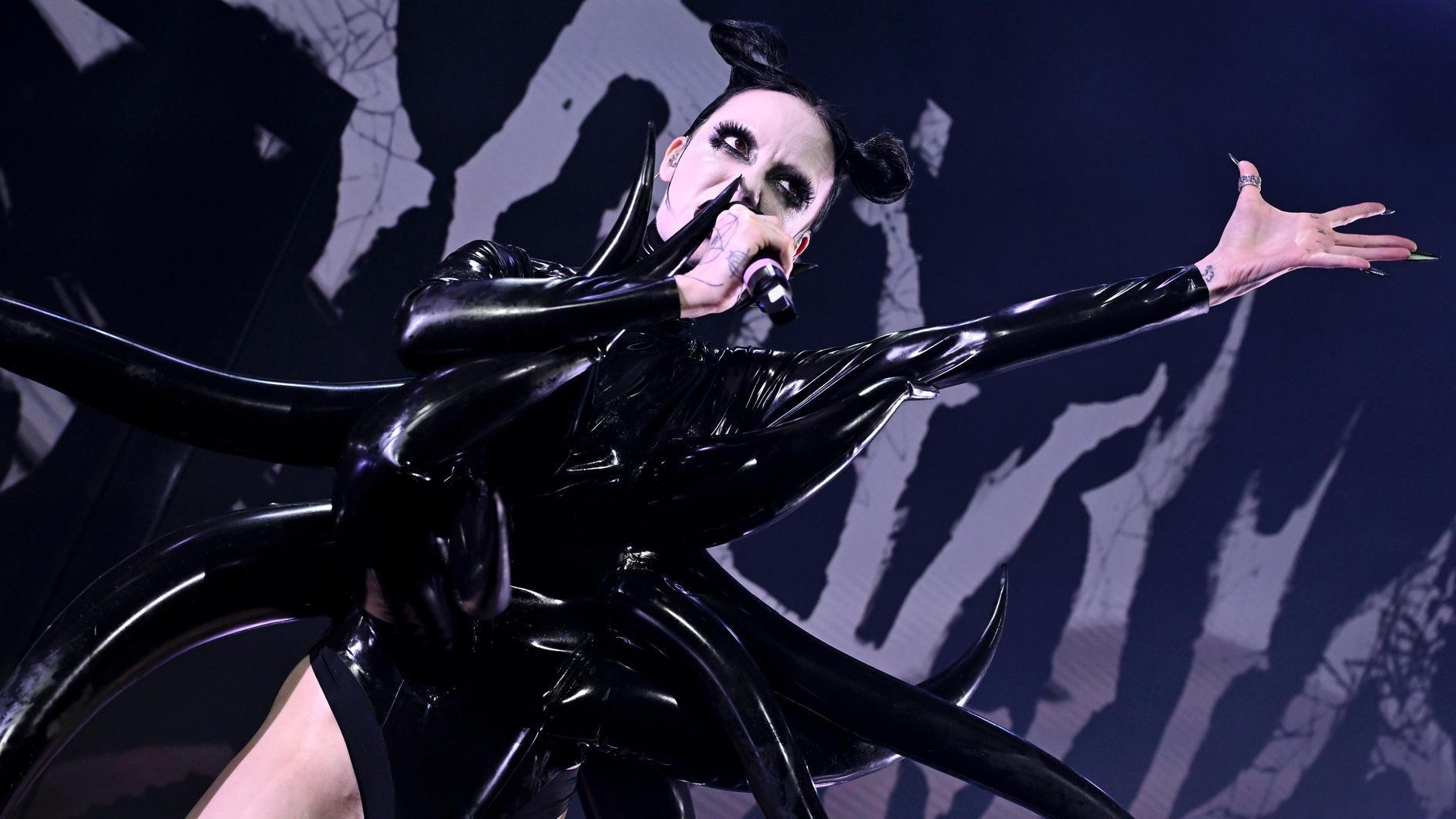A moment of light, please, on Europe’s ‘darkest hour’
So German Chancellor Angela Merkel believes “Europe faces its darkest hour since World War II.” Her reference, of course, was to the financial crisis sweeping the eurozone.
Pardon me, but are things worse in the environs of Leipzig, where she spoke Monday, since the time between 1945 and 1953 when the Soviet Union carted off entire factories and loot from Eastern Europe as “reparations” that totaled roughly the equivalent of the Marshall Plan? Estimates of the number of women raped during that time in the former East Germany range from tens of thousands to 2 million.
Has Merkel forgotten the privation of the “Berlin Blockade” of June 1948 to May 1949? Or how about the formation of the “Warsaw Pact” in 1955 in reaction to the integration of West Germany a year earlier into the new alliance called NATO? I recall some trauma in its stead, including construction of an infamous wall in her capital in 1961.
She might have mentioned the 1956 Hungarian uprising in which more than 3,000 people died and 200,000 fled as refugees. Or she might have alluded to the similar events in Czechoslovakia 12 years later that killed about 100 and created 300,000 refugees.
I know things are tough in Spain and Portugal. But are they really grimmer than in the years of stagnation, repression and torture that characterized the Franco and Salazar dictatorships that lasted until 1974?
She may have forgotten the scare in 1966 when two U.S. planes collided and dropped four nuclear bombs on Spain’s fishing village of Palomares. None detonated in the near-nightmare, but a 2004 study found plutonium still leaching into the soil there.
I do not discount the misery in today’s Greece. But does it really measure up against the starvation of the economy by the 1967 to 1974 Greek junta that imprisoned 8,000 and tortured at least 2,000?
I realize that the disintegration of Yugoslavia took a long time, beginning with the break off of Slovenia in 1991 and ending with the independence of Kosovo in 2008. But it certainly produced my candidate for “Europe’s darkest hour” with the 1995 genocide in Srebrenica that massacred 8,000 Bosnians.
Italy is a mess today as we all know. But are today’s challenges greater than the scores of killings and the scourge of terror that killed former Italian Prime Minister Aldo Moro in 1978 and went on to take the life of sitting Prime Minister Silvio Berlusconi’s adviser Marco Biagi as recently as 2002? Ponder for a moment the past half-century in Northern Ireland, Cyprus or Romania.
One could go on like this and get carried away in a debate of Cold War culpability to include the CIA, the mafia and Opus Dei. As to the origins of today’s crisis, human anatomy is insufficient for the finger-pointing that now ensues to rot intelligent discussion. Let’s not.
But at least let us acknowledge Europe is rich, well-educated and well-endowed. Compared to many challenges Europe has faced over the past half-century, this latest should be the least daunting. Tools to confront it are many and resources abound.
It is clear what is really in shorter supply than at any time since World War II. Delusional rhetoric and desecration of historical reality are poor substitutes for leadership










